Spring is the time of year when we are itching to get back out into the garden. The days are getting longer, the sun feels warmer and we are tired of being inside. It’s also the time of year to think about starting your veggie seeds. The big question is do you purchase new seeds or are the ones from last year (or the year before) still worth planting?
How to tell if your seeds are still good?
After pulling out your carefully saved packages of seeds, have a look inside. If the seeds are moldy, have started to sprout or are stuck to the paper you are likely out of luck. Any of these symptoms means your seeds were exposed to some moisture while being stored. If your seeds still look nice and crisp, you can do a viability test or you can just go for it and try planting them.
What is a viability test?
Testing your seeds for viability (ability to germinate) is easy. All you need is a piece of damp (not dripping) paper towel and a plastic bag or sealed container.
• Count out 10 seeds from your package. 10 is a nice number, it will give you an easy idea of the percentage of good seeds in your package.
• If testing only one type of seed, simply spread the seeds out on one half of the paper towel, fold it over and seal it into the plastic bag. – If you want to test more than one type of seed at a time, carefully line the seeds up on your paper towel in rows. Make sure you label the rows!! Keep a separate paper, write on the plastic bag, take a photo, so you will remember which seeds are which.
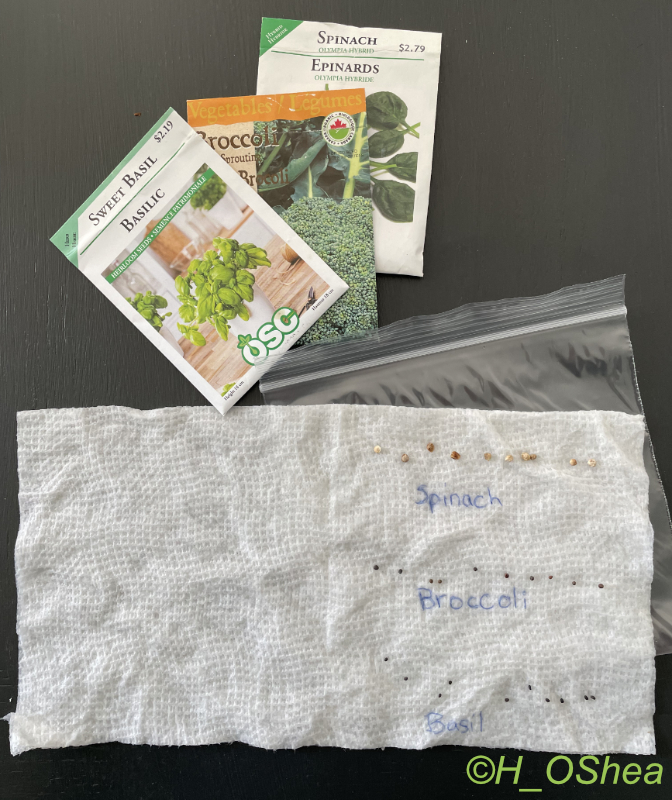
• Leave the bag on the counter for up to a week. If you have a warm location (I use the top of my fish tank- it’s nice and warm at 25°C (78°F)) the seeds will germinate faster. The seeds do not need sun to germinate, just moisture.
• Every couple of days check to see if anything is happening. If the paper towel is starting to dry, dribble a bit more water just to re-moisten it. You don’t want the seeds to rot. You want them to have just a bit of moisture to soften those seed coats.
• After a week you should have a good indication of the viability. If more than 7 seeds germinated, you know you have good odds if you plant your seeds. If 5 or less germinated, you can do the math, your chances are much less. However, you can still use them if you want. Just plant more seeds in the cell than you normally would. If you luck out and they all germinate, simply pull out the extras.
Can I use the germinated seeds?
Sure you can! Testing for viability at the time you would consider starting your seeds is a great idea. Very carefully, take your germinated seeds and place them at the recommended depth in some prepared soil and watch them take off.
Did you Know…
Some seeds can remain viable for decades or longer! Given ideal storage conditions, many vegetable seeds will be good for years. There are seed banks around the world dedicated to preserving the genetic diversity in seeds. In the soil outside some of our pesky weed seed can lay dormant for decades. Field Bindweed can lay dormant for 50 years!
Time to Grow!
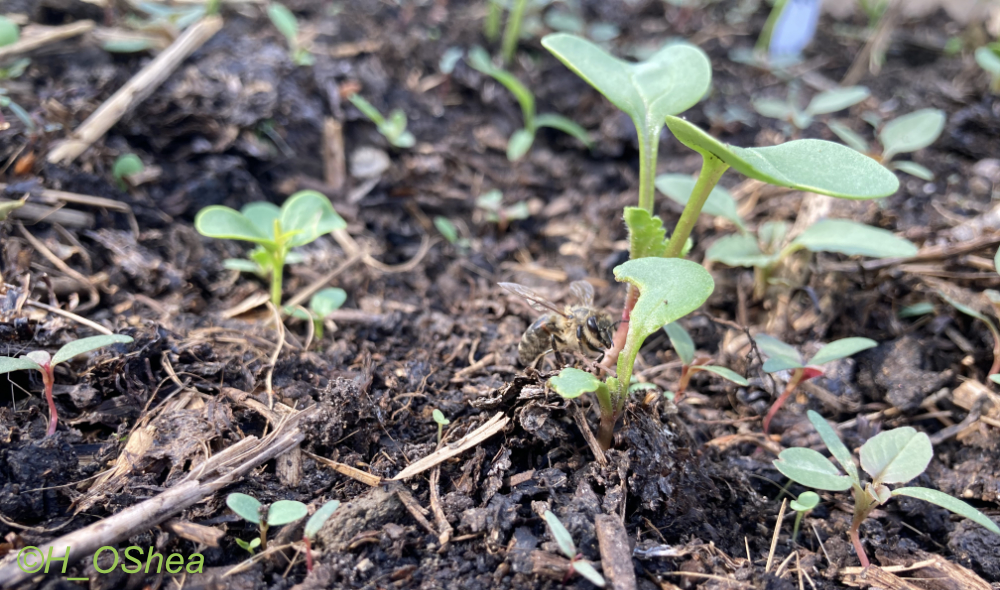
Most seed packages have a “use by” date on them. This is the recommendation from the supplier. It does not mean that the seeds are magically no good after that date. If you are like me and don’t like to throw out a potentially good seed, check them before tossing them.
Seeds are funny sometimes. They are (or will be) a living organism that has its own clock. Sometimes seeds of the same variety can take different amounts of time to germinate. Think of it like nature’s back-up plan. A plant may produce part of its seeds that take a bit longer to germinate as a precaution. They want to ensure their genetics continue. If the naturally occurring growing conditions are not perfect, the plant will want to spread the germination times out just a bit to have a greater chance at some seeds growing.
As gardeners we naturally have a great amount of patience. Watching and waiting, waiting and watching. Have patience with your seeds. They may surprise you. You never know what might pop up out of the soil long after you have given up.
Happy growing!
For more information on what is happening during germination, check out this article from Penn State University


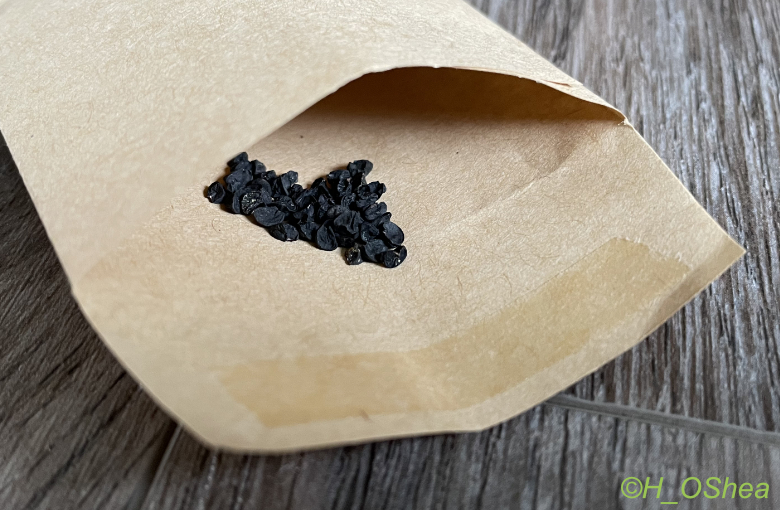
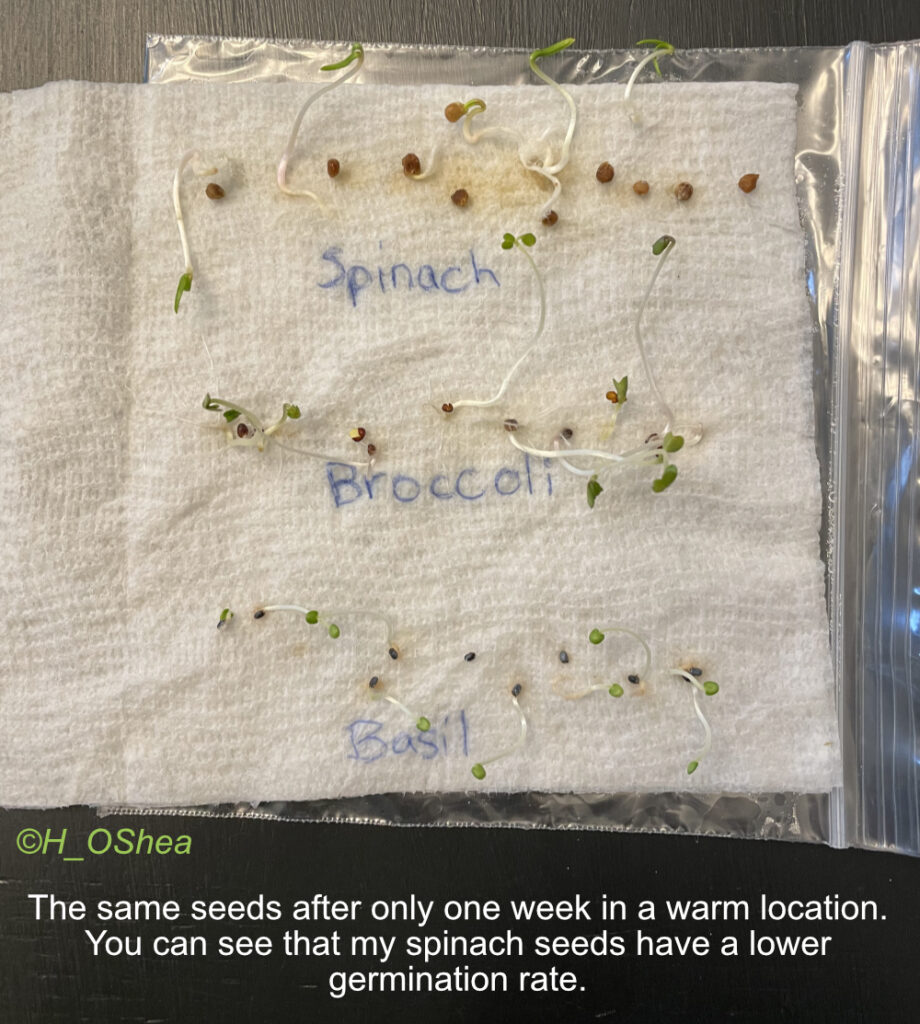
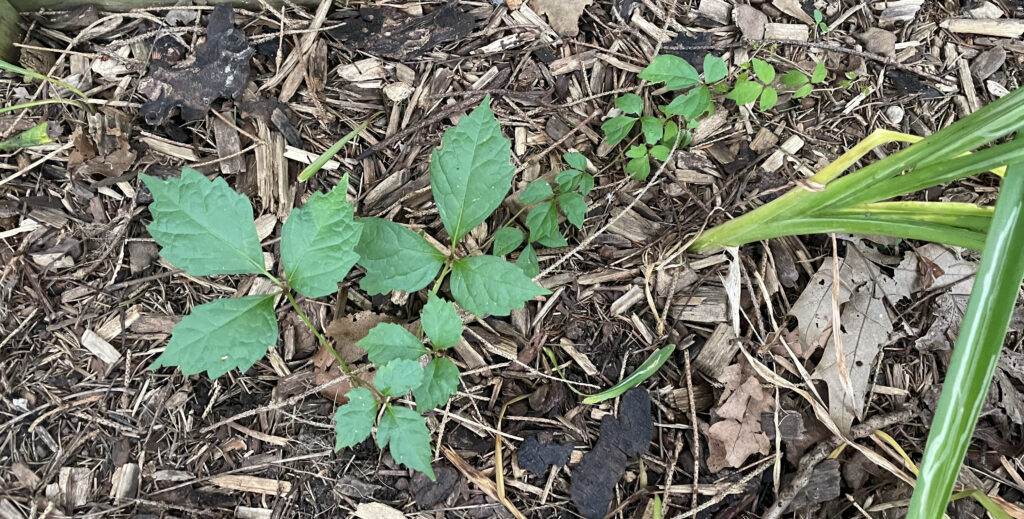


About The Author: Heather O'Shea
Bees, butterflies, spiders, and worms all make Heather happy! A long-time gardener and nature lover, Heather is often found outside observing the world around her. These two passions are combined in the ecologically sustainable gardens she designs to attract as many native critters as possible — even skunks are welcome to travel through her yard (as long as they don’t take up residence).
More posts by Heather O'Shea